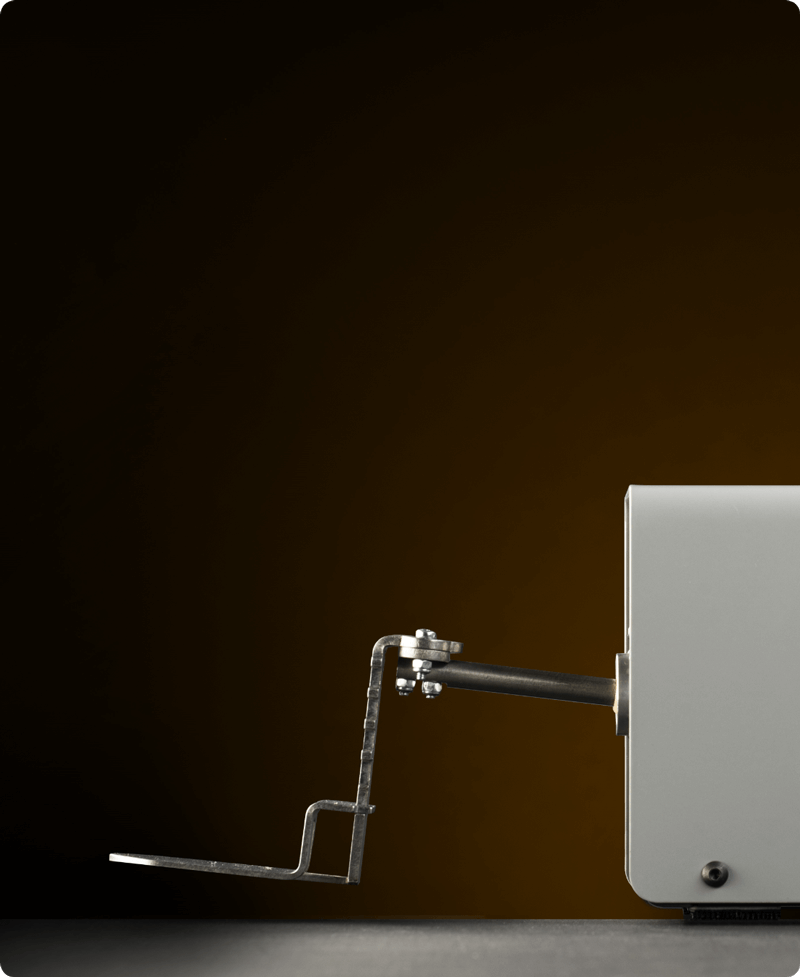This rising inflation is impacting the way we shop and what we add to our carts. While some social categories might still be able to enjoy a casual shopping spree, there are people who can’t even afford the essentials. What did this lead to? Retailers providing “Essential” item lines for people who are looking to save a buck and flexible payment options, especially for more expensive items.
In this article, we are going to focus on a recent “trend” - buy now, pay later. We’ll uncover what it is, why it is expanding so quickly, and what’s its impact on both customers and businesses.
Buy now, pay later - what is it, and how it appeared?
Buy now, pay later is a flexible payment option in which a consumer can purchase a product and pay for it in monthly installments or over a short period of time without any interest (in most cases). Unlike a traditional credit card or a loan, this type of payment is much easier to get approved for, making it an option for almost any consumer. Also, it’s important to keep in mind that BNPL can impact your credit score if you fail to pay or you have overdue installments.
While BNPL is becoming more and more popular, this is not a new thing. It’s considered that this flexible payment option was available as early as the 1840s when high-value purchases like furniture or farm equipment could be paid off in weekly/monthly installments.
You might be wondering why is it trending now. Well, the COVID-19 pandemic had a major impact on the way we work, shop, and live. Consumers are overstimulated and they are experiencing “future shock”. The constant uncertainty is making shoppers think twice before buying something with money from their own pocket.
Also, the rising inflation is making people reconsider what they can afford, cutting out discretionary spending. Enter “Buy now, pay later”. This payment option is gaining more and more traction while other banking and loan options are forgotten because they couldn’t keep pace with customers' wants and needs.
BNPL expanding
While at first BNPL was an option only for high-priced products like furniture and large electronics, now it seems that the trend is expanding. With rising prices, some customers are buying their groceries now and paying later for them. Yes, there’s a rise in BNPL for grocery products.
Data from Adobe shows that there’s a 40% increase in the first 2 months of 2023 for online transactions involving groceries where shoppers opted for the BNPL option.
What is the impact of this type of flexible payment
At first glance, you might think that it’s an amazing opportunity for retailers to get more shoppers to shop more or even that it is a way of helping those who can’t afford something right now. However, there are a few things that need to be taken into consideration when it comes to the Buy Now, Pay Later trend.
In 2021, as the BNPL was getting more traction, the Consumer Financial Protection Bureau (CFPB) issued a series of orders to various companies that were providing BNPL credit. CFPB was concerned about various issues such as accumulated debt, regulatory arbitrage, and data harvesting.
Unfortunately, BNPL is not just a great option for customers to buy something they need or desire but can’t afford right now. It is also a way to get into serious debt. As Steve Dennis predicts in his article, Pay Later might turn into Pay Never.
“Troubles emerge in the consumer credit market. Buy Now Pay Later (BNPL) may not turn completely into buy now pay never, but at least one of the leading players will encounter serious trouble. At the same time, traditional consumer finance players will materially raise their loss provisions and tighten the reins on credit lines as consumer debt balances grow considerably as we move into the second half of the year.”
Young consumers are especially more vulnerable to this issue. Gen Z consumers are in debt because they are more likely to choose this payment option. Why? Because it gives a feeling of being “technically free”.
BNPL - Proceed with caution
Yes, providing flexible payment options for your consumers is a great thing. It shows that you, as a retailer, care about their needs and wants. Buy now, pay later can be an option for people who might be strict with their money or for those who prefer to pay in multiple installments.
However, there needs to be more transparency regarding the payment policies and customers should be alerted when they reach a certain amount of debt. Instead of waiting for consumers to add to their debt, BNPL companies should make sure that they don’t provide the “technically free” feeling.



